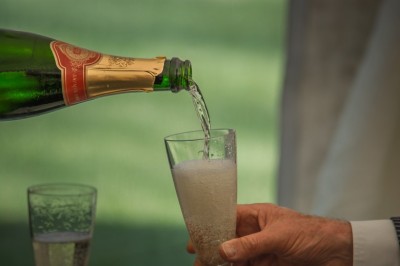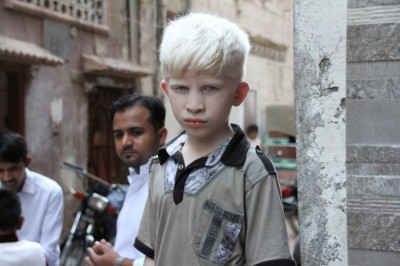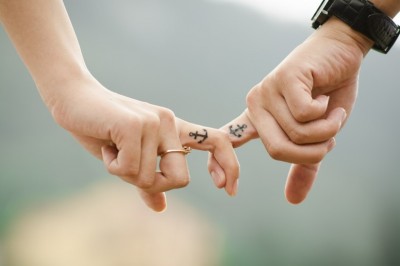Mexican Wedding Traditions
Every country or ethnicity has its own traditions. Traditions are especially important when it comes to life events such as weddings. In Mexico, wedding traditions can include many things. In some cities of northern Mexico, there is the tradition of giving a ring called "of promise" that occurs before the ring of commitment. The ring is generally for long engagements, which are common in this area. As for the music, mariachis may replace organ music but the brides march is usually played on the organ. Mexican weddings tend to be large with many attendants. The attendants are called madrinas and padrinos and they have special roles in the wedding. The flower girl and ring bearer are dressed as miniature versions of the bride and groom. The madrina de ramo carries flowers for the Virgin Mary. The madrina de laso carries a jeweled or beaded rope that is placed around the couple as they say their vows, to symbolize their union. The bridegroom often offers the bride thirteen coins. The madrina de arras holds the thirteen coins that the bridegroom presents to the bride. The coins, or arrhea, was a Roman custom of breaking gold or silver, one half to be kept by the woman and the other half by the man, as a pledge of marriage. The groom gives the coins to the bride as a symbol of his unquestionable trust and confidence. He pledges that he places all of his goods into her care for safekeeping. Acceptance by the bride means taking that trust and confidence unconditionally with total dedication and prudence. Aside from the church preparations, the whole family becomes involved in planning the wedding. The six-month period before the wedding allows the couple time to reserve the location for their reception or dance. Inn ancient times, weddings were held in the brides yard or house. The groom traveled by horse to the brides house and after the wedding ceremony took his wife in a palanquin (cart) to his parents house to live. The bride and groom wore formal court costumes for the wedding ceremony. Ordinary people were permitted to wear the luxurious clothes only on their wedding day. Today, the bride can purchase a dress or arrange with a seamstress or bridal specialist for a custom-made dress. Brides in times past designed their wedding dress with their mothers, who would then do the sewing. For men, the Guayabera shirt is often worn. This shirt, often called a Mexican wedding shirt and has been around for the past 200 years. This shirt has a loose style, and, as a result, can be worn by all shapes and sizes. These crisp, cool shirts are light, and flattering to any body shape. Traditional linen guayaberas are still the most popular beach wedding shirts because of their comfort, style, and freshness. Other wedding traditions include hand lanterns, which are used for lighting the way from the grooms home to the brides home on the night before the wedding. Traditionally, the grooms family would carry a wedding chest filled with gifts for the brides family. Wedding ducks are a symbol for a long and happy marriage. Cranes are a symbol of long life and may be represented on the womans sash. Traditional foods are used for weddings that include spicy rice, beans, tortilla dishes, using chicken and beef. Sangria is served. It is a cold drink made from red or white wine mixed with brandy, sugar, fruit juice and soda water. To top it all off, the wedding cake is usually a fruitcake soaked in rum. Traditions are important and certainly dont have to be recognized just for weddings. But should you want a traditional Mexican wedding, now you know what types of activities to integrate into your special day. Cory Davis is the President of LocoStyle, Inc., a leading provider of high quality mens, womens and childrens guayabera shirts, also known as Mexican wedding shirts. For more information and to browse a wide selection of guayaberas, please visit http://www.locostyle.com.



























